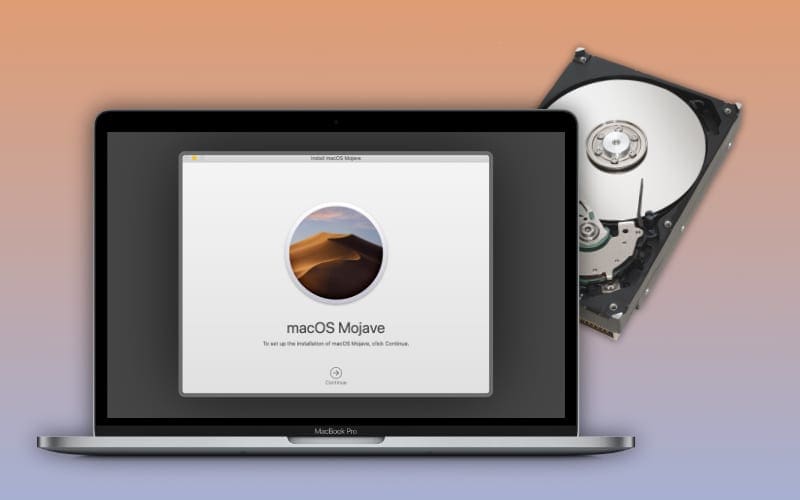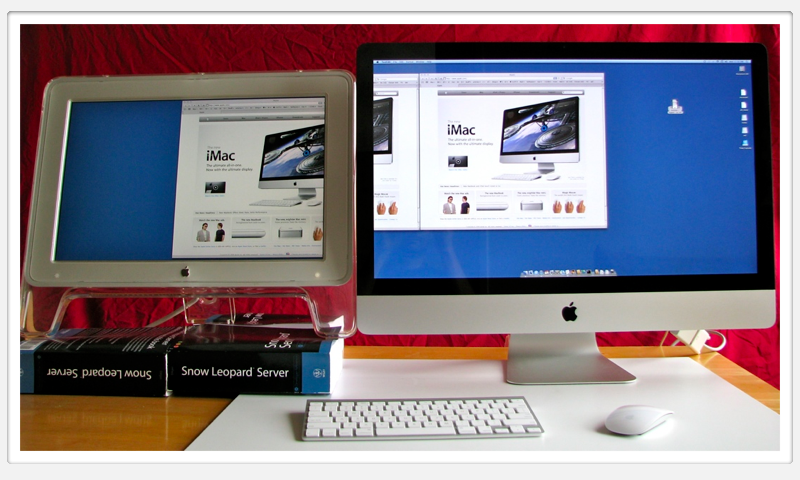
- #1TB HARD DRIVE FOR IMAC 2009 UPGRADE#
- #1TB HARD DRIVE FOR IMAC 2009 SOFTWARE#
- #1TB HARD DRIVE FOR IMAC 2009 MAC#
In the end, the only components I had to purchase were the CPU and the Icy Dock SSD Adapter, which cost about $15.
#1TB HARD DRIVE FOR IMAC 2009 MAC#
I also had the RAM available from an upgraded Mac mini, so I saved some money there. Since the iMac only uses a 1.5Gbps SATA interface, look for the cheapest SSD you can find from a reliable manufacturer. Speaking of economical, the Samsung 830 SSD is overkill for this project, but I had it available from a previous build.

#1TB HARD DRIVE FOR IMAC 2009 UPGRADE#
So make sure to look for a good deal in order to keep this upgrade project economical. They’re still fairly pricey when purchased new (if you can find them), but I picked up a used one from a reliable eBay seller for about $50. Some notes about my component selection: I went with the fastest compatible CPU, and that’s the T7600. With these items in mind, I settled on the following upgrades: The iMac also utilized a standard SATA connection for the hard drive, allowing for an easy swap without consideration for the proprietary temperature sensors found on newer models. Not counting the Mac Pro, it was one of the last Macs with a socketed CPU, meaning that processor upgrades were possible if you could dig your way though the tightly-packed design of the system’s innards ( Update: As many have pointed out, certain iMac models as late as the current 2013 generation also preserve the socketed CPU). Still, the 2006 iMac was uniquely suited for this upgrade project. Further, the system’s GPU, a Radeon X1600 with 128 MB of memory, was soldered to the logic board, with no practical hope of removal. As we’ll discuss, I was able to raise the default RAM limit, but only to 4GB, and the built-in SATA connection was limited to a measly 1.5 Gbps. Instead of wiping the system and selling it for maybe $100, I decided to see if a major overhaul could give this system new life.ĭespite my ambitions, there were some constraints that were unavoidable.

#1TB HARD DRIVE FOR IMAC 2009 SOFTWARE#
The 2.0 GHz Core Duo CPU was fine for basic tasks, but its 32-bit nature, and 2GB of RAM also greatly limited my software options. The 250GB hard drive was making more noise than I was comfortable with, and the operating system, now OS X 10.5 Leopard, wasn’t able to run any modern software. After picking it up again the other day, it was still in great physical condition, but was starting to show its age. Updated today, this page titled “iMac 1TB Seagate Hard Drive Replacement Program” reveals that even the iMacs older than 2011 (includes 20 models) were distributed with faulty HD.The Mac served me well, but I was quickly drawn to the Aluminum iMacs released in late 2007, so I upgraded and sent the neglected 2006 model to live with its grandparents. Apple Updates its Hard Drive Replacement ProgramĪpparently, Apple was wrong. My iMac was replaced because it was under the one-year warranty plan - not because it was shipped with faulty hard drive, at least that’s what Apple thought. This program was clearly not for my iMac, as the unit I had was manufactured in October 2010 and was purchased in January 2011. In 2011, Apple admitted that they shipped iMacs with faulty hard drives, and introduced a program to replace hard drives with newer ones on iMacs that were sold between May 2011 and July 2011.

iMac’s Hard Drive was Replaced for a Reason

The whole HD replacement process took almost two weeks, if I remember correctly. I figured out the problem was with the hard drive of my iMac which was always acting up from day one.Īs we do not have an official Apple Store in India, I had to take my iMac to the genius folks at the Apple reseller store who, after diagnosing the problem, replaced my iMac with a new hard drive. Performance-wise, Apple iMacs are really good, but like any other machines out there, they do have their own set of problems.Īfter purchasing my first iMac (mid-2010 model but was purchased in early 2011), everything was running smooth for a couple of months, but one day my iMac finally broke down - it stopped working for no reason at all.


 0 kommentar(er)
0 kommentar(er)
